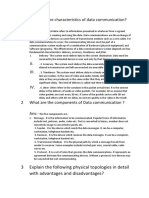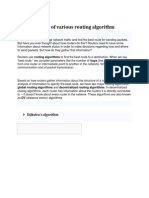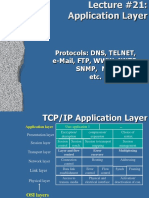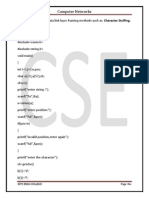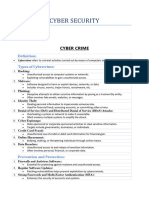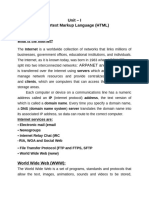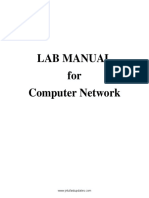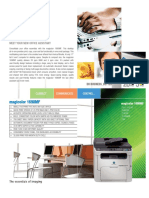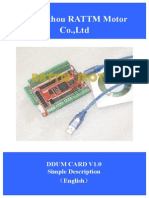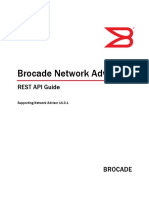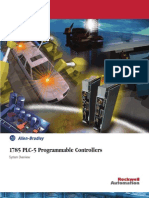0% found this document useful (0 votes)
752 views4 pages? Computer Network Interview Cheat Sheet
The document is a cheat sheet for computer network interviews, covering essential topics such as types of networks, the OSI and TCP/IP models, IP addressing, and key protocols. It explains concepts like TCP vs UDP, subnetting, DNS, DHCP, NAT, and the differences between routing and switching. Additionally, it discusses network topologies, latency, bandwidth, throughput, VPNs, and ARP.
Uploaded by
Khaledun NaharCopyright
© © All Rights Reserved
We take content rights seriously. If you suspect this is your content, claim it here.
Available Formats
Download as DOCX, PDF, TXT or read online on Scribd
0% found this document useful (0 votes)
752 views4 pages? Computer Network Interview Cheat Sheet
The document is a cheat sheet for computer network interviews, covering essential topics such as types of networks, the OSI and TCP/IP models, IP addressing, and key protocols. It explains concepts like TCP vs UDP, subnetting, DNS, DHCP, NAT, and the differences between routing and switching. Additionally, it discusses network topologies, latency, bandwidth, throughput, VPNs, and ARP.
Uploaded by
Khaledun NaharCopyright
© © All Rights Reserved
We take content rights seriously. If you suspect this is your content, claim it here.
Available Formats
Download as DOCX, PDF, TXT or read online on Scribd
/ 4






